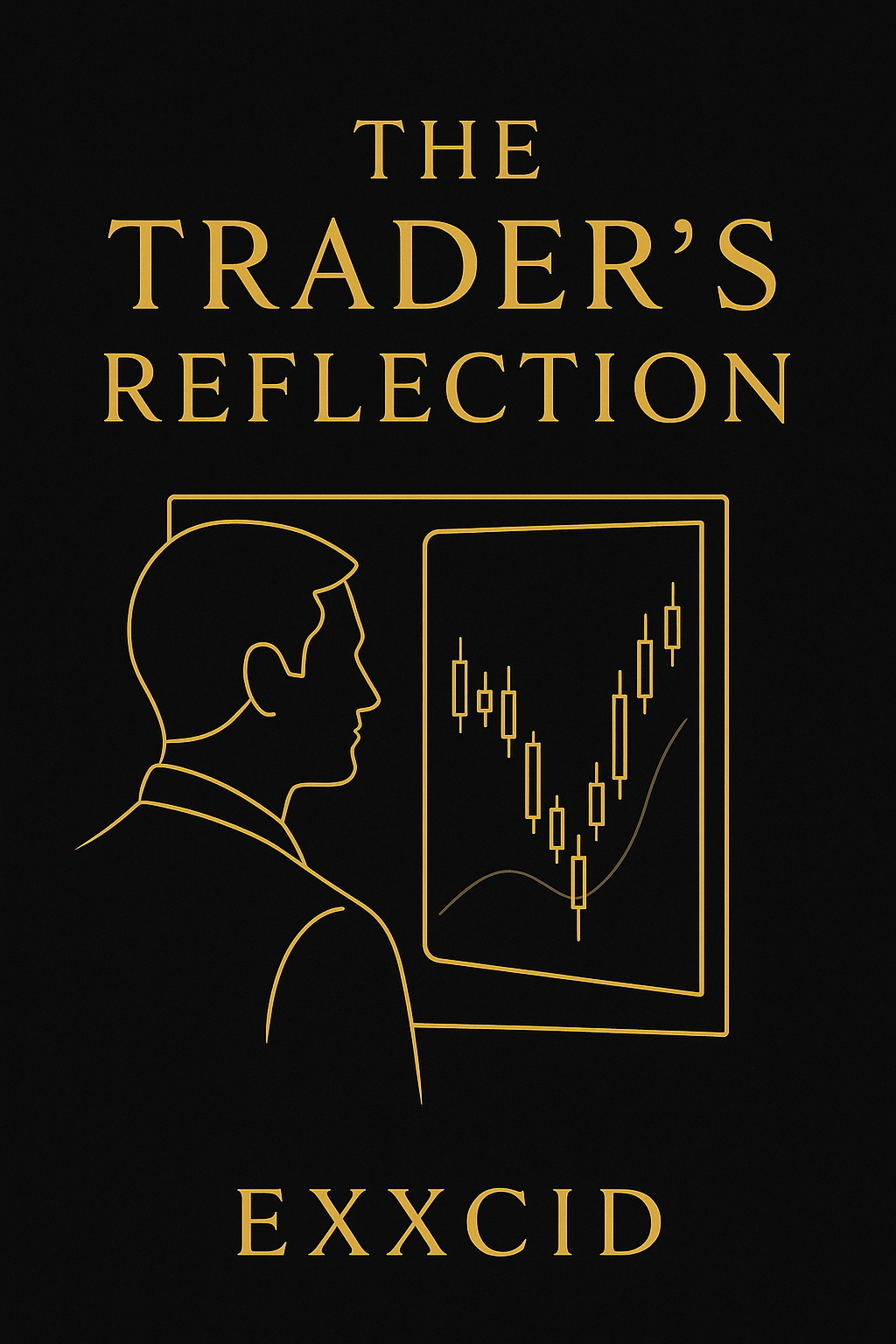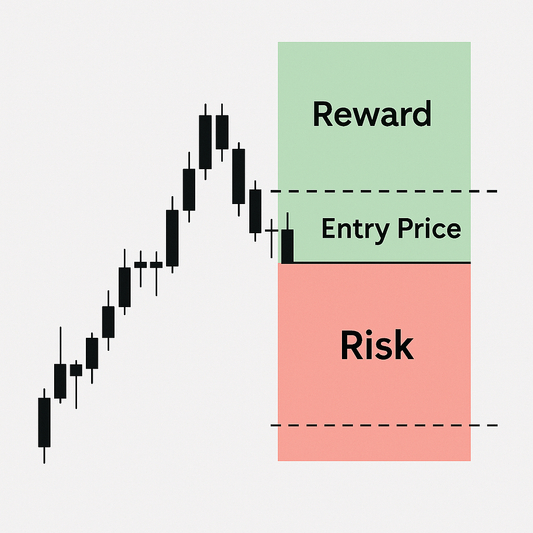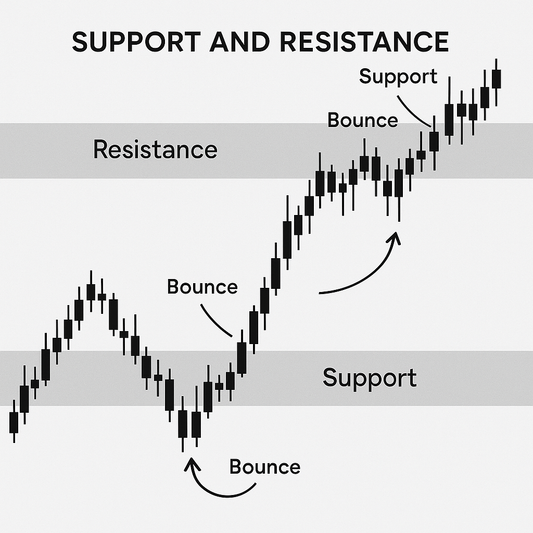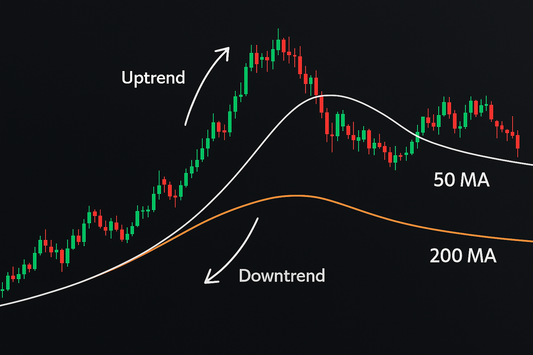
How to Use Moving Averages to Spot Market Trends
Jeffery ObiagwuShare
Introduction to Moving Averages
What Is a Moving Average?
A moving average (MA) is a tool used by traders to smooth out price data. It averages past prices over a specific time period and plots a line on the chart, helping identify the direction of a trend.
Why Moving Averages Matter
They:
-
Simplify market noise
-
Show trend direction
-
Provide support/resistance
-
Signal potential trade opportunities
Types of Moving Averages
Simple Moving Average (SMA)
-
Averages prices over a chosen period equally
-
Common for long-term analysis (e.g., 50 SMA, 200 SMA)
Exponential Moving Average (EMA)
-
Gives more weight to recent prices
-
Reacts faster to price changes (e.g., 9 EMA, 21 EMA)
Weighted Moving Average (WMA)
-
Heavily emphasizes recent prices
-
Less commonly used, but useful for short-term traders
Best Moving Average Settings by Timeframe
| Timeframe | Recommended MAs |
|---|---|
| Day Trading | 5 EMA, 9 EMA, 20 EMA |
| Swing Trading | 20 EMA, 50 SMA |
| Long-Term Investing | 100 SMA, 200 SMA |
Choose your MA based on how fast you want it to respond to price changes.
How to Identify Trend Direction with MAs
Bullish and Bearish Crossovers
-
Golden Cross: 50 SMA crosses above 200 SMA – bullish signal
-
Death Cross: 50 SMA crosses below 200 SMA – bearish signal
Slope and Angle of the MA
-
Rising MA = uptrend
-
Falling MA = downtrend
Price vs. MA Positioning
-
Price above MA = bullish bias
-
Price below MA = bearish bias
Popular Moving Average Strategies
Golden Cross and Death Cross
Used mostly on daily charts for major trend shifts.
Moving Average Crossover Strategy
-
Entry when fast MA crosses slow MA
-
Add volume or candlestick confirmation
Price Bounce Off Moving Average
Use MAs as dynamic support/resistance during pullbacks in a trend.
Support and Resistance with Moving Averages
Dynamic Support/Resistance
-
Price bounces off MA in trending markets
-
Strong levels: 20 EMA for short-term, 200 SMA for long-term
Moving Averages in Trend Continuation
-
Pullback to MA = entry opportunity
-
Strong trend resumes after touch
Combining Multiple MAs for Confirmation
Dual MA Strategy
-
Use one fast and one slow MA
-
Entry on cross, exit when they reverse
Triple MA Ribbon Setup
-
3 MAs: short, medium, long
-
Shows trend strength and confirmation
Using Moving Averages with Other Tools
MAs + RSI
-
Confirm trend with MAs
-
Use RSI for overbought/oversold signals
MAs + Volume
-
Volume confirms strength of move when price touches MA
MAs + Candlestick Patterns
-
Enter after price bounces off MA with bullish or bearish candles
Common Mistakes in MA Usage
-
Relying Solely on MAs: Use with price action
-
Using the Wrong Settings: Overfitting to historical data
-
Ignoring Market Context: MAs lag—don't trade them blindly
Backtesting and Optimizing MA Strategies
-
Test MAs on historical charts
-
Measure win rate, risk-reward, drawdowns
-
Adjust based on asset volatility
Using Moving Averages in Forex, Stocks, and Crypto
Forex
-
Fast-moving, responsive MAs work well (e.g., 9 EMA, 21 EMA)
Stocks
-
SMA 50 and 200 are widely watched for breakouts and breakdowns
Crypto
-
Trend-heavy; use MAs with strong slope and longer periods
FAQs About Moving Averages
1. What’s the best moving average?
It depends on your trading style. EMA for fast moves, SMA for steady trends.
2. Do MAs work in all markets?
Yes, but effectiveness varies with volatility and liquidity.
3. Are they lagging or leading indicators?
MAs are lagging indicators—they react after price moves.
Conclusion and Trader’s Tips
Moving averages are a staple for trend detection. Whether you’re a day trader or long-term investor, using MAs with proper context will help you filter out noise and stay on the right side of the market. Start simple, test your strategy, and trust the trend.
📘 Train Your Trading Mind with “The Trader’s Reflection”
Indicators guide your entries—but your mindset determines your success. The Trader’s Reflection is your secret weapon for staying focused, disciplined, and emotionally strong in every trend and trade.
➡️ Get your copy of The Trader’s Reflection now and let your mental edge catch every moving average setup.






